Low-Level Waste
Intermediate-Level Waste
High-Level Waste
Pressurized Water Reactor
Boiling Water Reactors
Gas-Cooled Reactors
Pressurized Heavy Water Reactor
Industrial
Utility
North America Nuclear Waste Management by Waste TypeLow-Level Waste
Intermediate-Level Waste
High-Level Waste
North America Nuclear Waste Management by ApplicationPressurized Water Reactor
Boiling Water Reactors
Gas-Cooled Reactors
Pressurized Heavy Water Reactor
North America Nuclear Waste Management by FormIndustrial
Utility
US Nuclear Waste Management by Waste TypeLow-Level Waste
Intermediate-Level Waste
High-Level Waste
US Nuclear Waste Management by ApplicationPressurized Water Reactor
Boiling Water Reactors
Gas-Cooled Reactors
Pressurized Heavy Water Reactor
US Nuclear Waste Management by FormIndustrial
Utility
Canada Nuclear Waste Management by Waste TypeLow-Level Waste
Intermediate-Level Waste
High-Level Waste
Canada Nuclear Waste Management by ApplicationPressurized Water Reactor
Boiling Water Reactors
Gas-Cooled Reactors
Pressurized Heavy Water Reactor
Canada Nuclear Waste Management by FormIndustrial
Utility
Europe Nuclear Waste Management by Waste TypeLow-Level Waste
Intermediate-Level Waste
High-Level Waste
Europe Nuclear Waste Management by ApplicationPressurized Water Reactor
Boiling Water Reactors
Gas-Cooled Reactors
Pressurized Heavy Water Reactor
Europe Nuclear Waste Management by FormIndustrial
Utility
Germany Outlook (USD Billion, 2018-2030)
Germany Nuclear Waste Management by Waste TypeLow-Level Waste
Intermediate-Level Waste
High-Level Waste
Germany Nuclear Waste Management by ApplicationPressurized Water Reactor
Boiling Water Reactors
Gas-Cooled Reactors
Pressurized Heavy Water Reactor
Germany Nuclear Waste Management by FormIndustrial
Utility
France Nuclear Waste Management by Waste TypeLow-Level Waste
Intermediate-Level Waste
High-Level Waste
France Nuclear Waste Management by ApplicationPressurized Water Reactor
Boiling Water Reactors
Gas-Cooled Reactors
Pressurized Heavy Water Reactor
France Nuclear Waste Management by FormIndustrial
Utility
UK Nuclear Waste Management by Waste TypeLow-Level Waste
Intermediate-Level Waste
High-Level Waste
UK Nuclear Waste Management by ApplicationPressurized Water Reactor
Boiling Water Reactors
Gas-Cooled Reactors
Pressurized Heavy Water Reactor
UK Nuclear Waste Management by FormIndustrial
Utility
Italy Nuclear Waste Management by Waste TypeLow-Level Waste
Intermediate-Level Waste
High-Level Waste
Italy Nuclear Waste Management by ApplicationPressurized Water Reactor
Boiling Water Reactors
Gas-Cooled Reactors
Pressurized Heavy Water Reactor
Italy Nuclear Waste Management by FormIndustrial
Utility
Spain Nuclear Waste Management by Waste TypeLow-Level Waste
Intermediate-Level Waste
High-Level Waste
Spain Nuclear Waste Management by ApplicationPressurized Water Reactor
Boiling Water Reactors
Gas-Cooled Reactors
Pressurized Heavy Water Reactor
Spain Nuclear Waste Management by FormIndustrial
Utility
Rest Of Europe Nuclear Waste Management by Waste TypeLow-Level Waste
Intermediate-Level Waste
High-Level Waste
Rest Of Europe Nuclear Waste Management by ApplicationPressurized Water Reactor
Boiling Water Reactors
Gas-Cooled Reactors
Pressurized Heavy Water Reactor
Rest Of Europe Nuclear Waste Management by FormIndustrial
Utility
Asia-Pacific Nuclear Waste Management by Waste TypeLow-Level Waste
Intermediate-Level Waste
High-Level Waste
Asia-Pacific Nuclear Waste Management by ApplicationPressurized Water Reactor
Boiling Water Reactors
Gas-Cooled Reactors
Pressurized Heavy Water Reactor
Asia-Pacific Nuclear Waste Management by FormIndustrial
Utility
China Nuclear Waste Management by Waste TypeLow-Level Waste
Intermediate-Level Waste
High-Level Waste
China Nuclear Waste Management by ApplicationPressurized Water Reactor
Boiling Water Reactors
Gas-Cooled Reactors
Pressurized Heavy Water Reactor
China Nuclear Waste Management by FormIndustrial
Utility
Japan Nuclear Waste Management by Waste TypeLow-Level Waste
Intermediate-Level Waste
High-Level Waste
Japan Nuclear Waste Management by ApplicationPressurized Water Reactor
Boiling Water Reactors
Gas-Cooled Reactors
Pressurized Heavy Water Reactor
Japan Nuclear Waste Management by FormIndustrial
Utility
India Nuclear Waste Management by Waste TypeLow-Level Waste
Intermediate-Level Waste
High-Level Waste
India Nuclear Waste Management by ApplicationPressurized Water Reactor
Boiling Water Reactors
Gas-Cooled Reactors
Pressurized Heavy Water Reactor
India Nuclear Waste Management by FormIndustrial
Utility
Australia Nuclear Waste Management by Waste TypeLow-Level Waste
Intermediate-Level Waste
High-Level Waste
Australia Nuclear Waste Management by ApplicationPressurized Water Reactor
Boiling Water Reactors
Gas-Cooled Reactors
Pressurized Heavy Water Reactor
Australia Nuclear Waste Management by FormIndustrial
Utility
Rest of Asia-Pacific Nuclear Waste Management by Waste TypeLow-Level Waste
Intermediate-Level Waste
High-Level Waste
Rest of Asia-Pacific Nuclear Waste Management by ApplicationPressurized Water Reactor
Boiling Water Reactors
Gas-Cooled Reactors
Pressurized Heavy Water Reactor
Rest of Asia-Pacific Nuclear Waste Management by FormIndustrial
Utility
Rest of the World Nuclear Waste Management by Waste TypeLow-Level Waste
Intermediate-Level Waste
High-Level Waste
Rest of the World Nuclear Waste Management by ApplicationPressurized Water Reactor
Boiling Water Reactors
Gas-Cooled Reactors
Pressurized Heavy Water Reactor
Rest of the World Nuclear Waste Management by FormIndustrial
Utility
Middle East Nuclear Waste Management by Waste TypeLow-Level Waste
Intermediate-Level Waste
High-Level Waste
Middle East Nuclear Waste Management by ApplicationPressurized Water Reactor
Boiling Water Reactors
Gas-Cooled Reactors
Pressurized Heavy Water Reactor
Middle East Nuclear Waste Management by FormIndustrial
Utility
Africa Nuclear Waste Management by Waste TypeLow-Level Waste
Intermediate-Level Waste
High-Level Waste
Africa Nuclear Waste Management by ApplicationPressurized Water Reactor
Boiling Water Reactors
Gas-Cooled Reactors
Pressurized Heavy Water Reactor
Africa Nuclear Waste Management by FormIndustrial
Utility
Latin America Nuclear Waste Management by Waste TypeLow-Level Waste
Intermediate-Level Waste
High-Level Waste
Latin America Nuclear Waste Management by ApplicationPressurized Water Reactor
Boiling Water Reactors
Gas-Cooled Reactors
Pressurized Heavy Water Reactor
Latin America Nuclear Waste Management by FormIndustrial
Utility

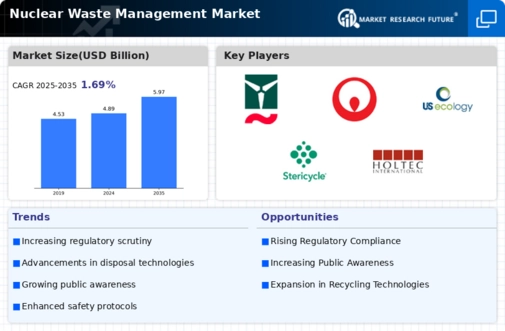
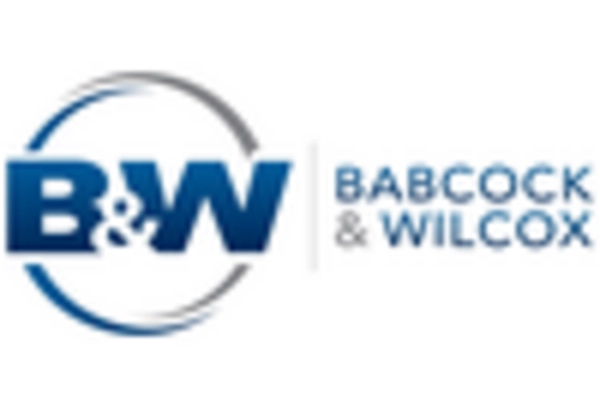

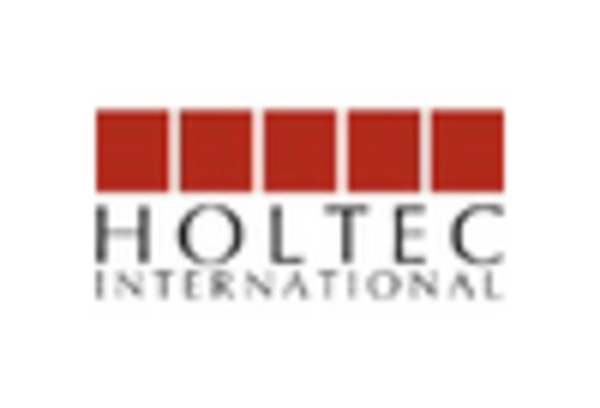
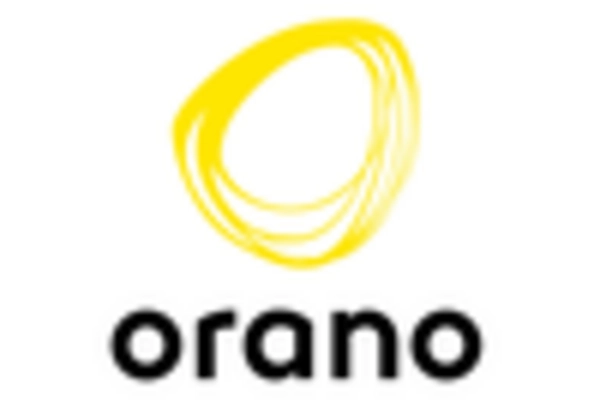
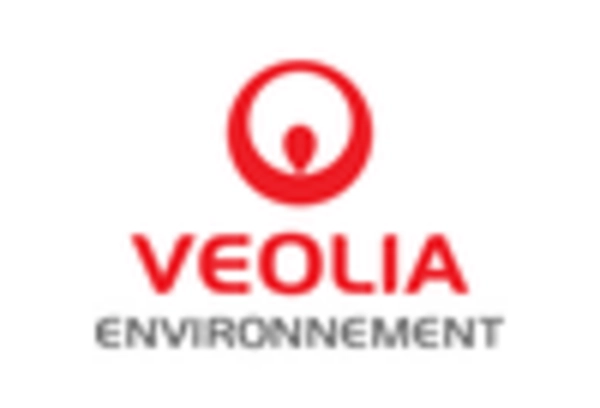
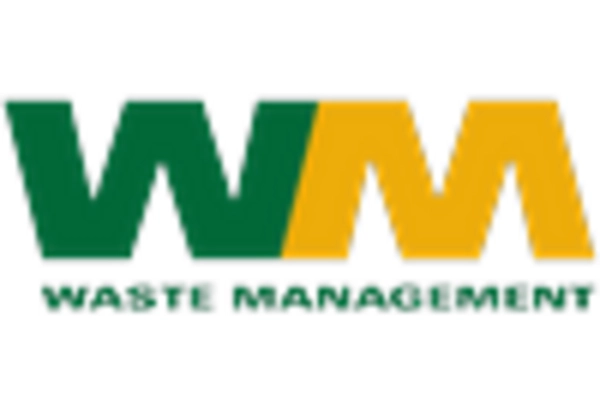









Leave a Comment